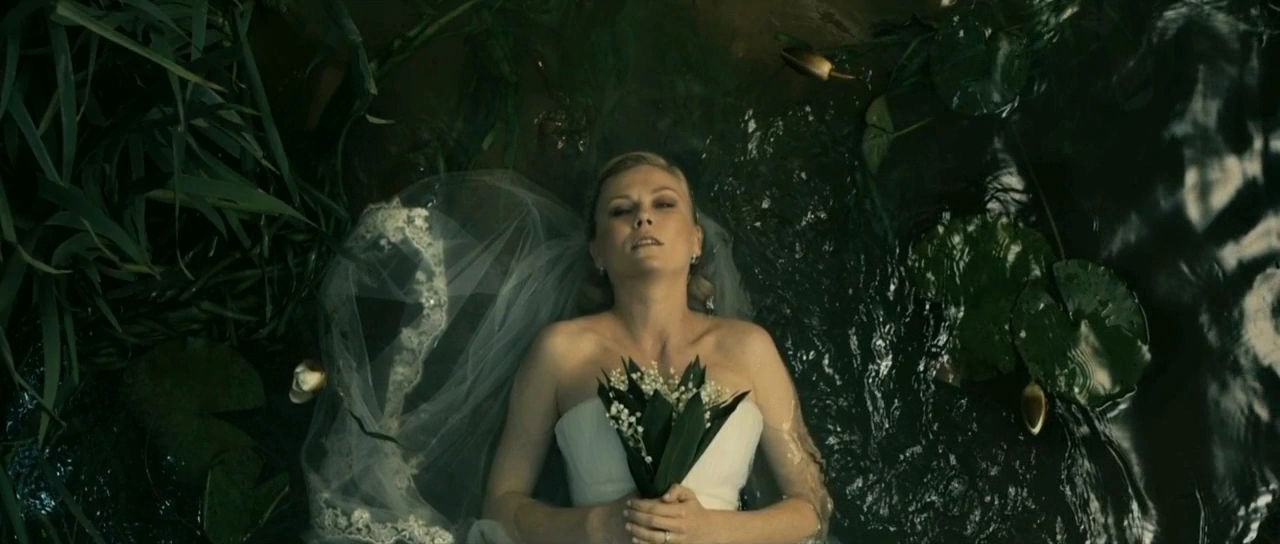The Use of Music in Lars von Trier's Work

Lars von Trier, one of the most controversial and influential directors of contemporary cinema, has been able to transform every element of his works into expressive tools of extraordinary power. Among these, music occupies a prominent place. It is never a simple accompaniment: in von Trier's hands it becomes a narrative tool, an emotional vehicle, a mirror of the characters and complex themes he addresses. This article explores the use of music in the director's work, analyzing the ways in which his musical choices intertwine with the narration, direction and emotional impact of his stories.
The Philosophy of Dogma 95 and Music
In 1995, Lars von Trier co-founded the Dogme 95 film movement, a manifesto that promoted a "pure" vision of cinema, eliminating artifices such as artificial lighting, special effects, and non-diegetic music. This seemingly limiting principle profoundly influenced von Trier's treatment of music. For example, in The Idiots (1998), the music is strictly diegetic: it comes from sources visible on the screen, such as radios or instruments played by the characters. This approach serves to create a sense of radical realism, where the viewer's emotional experience is mediated only by the events shown. However, even within these restrictions, von Trier demonstrates an extraordinary ability to use music symbolically and thematically, exploiting its presence or absence to amplify the intensity of the scenes.
The Role of Music in "Dancer in the Dark"
One of the most emblematic examples of the use of music in von Trier's work is "Dancer in the Dark" (2000), a film that uniquely mixes melodrama and musical. Starring Icelandic singer Björk, the film tells the story of Selma, a Czech mother who emigrated to the United States and is losing her sight and working tirelessly to ensure a future for her son. Music here is at the center of the narrative, not only as a soundtrack, but as an extension of the protagonist's psychology. The musical sequences represent an escape from Selma's harsh reality: they are the place where she takes refuge to survive the pain and hardship. These scenes radically depart from the realism of the rest of the film, adopting a more theatrical and stylized staging, with original choreography and songs composed by Björk. The soundtrack, with songs such as "I've Seen It All" , not only underlines the character's emotions, but introduces a tension between dream and reality, between hope and despair. The use of music in "Dancer in the Dark" is as innovative as it is heartbreaking: the songs are imbued with a beauty that contrasts with the rawness of the narrative, amplifying the emotional impact of the film.
Emotional Counterpoint in "Breaking the Waves"
In "Breaking the Waves" (1996), von Trier uses music in a deeply evocative way, employing it to amplify the contrast between the innocence of the protagonist, Bess, and the destructive forces that surround her. The film's soundtrack is composed mainly of pop and rock songs from the '60s and '70s, used as an introduction to the various chapters of the story. These songs, including "All the Way to Memphis" by Mott the Hoople and "Life on Mars?" by David Bowie, not only define the era in which the story is set, but also add an emotional and symbolic dimension. Their presence creates a counterpoint to the tragedy of the narrative, offering moments of relief or, conversely, underlining the irony and crudeness of the events. Another significant element is the use of silence. In the most intense and painful moments, von Trier often chooses to eliminate the music completely, letting the ambient sounds or the silence itself speak. This approach accentuates the intimacy a